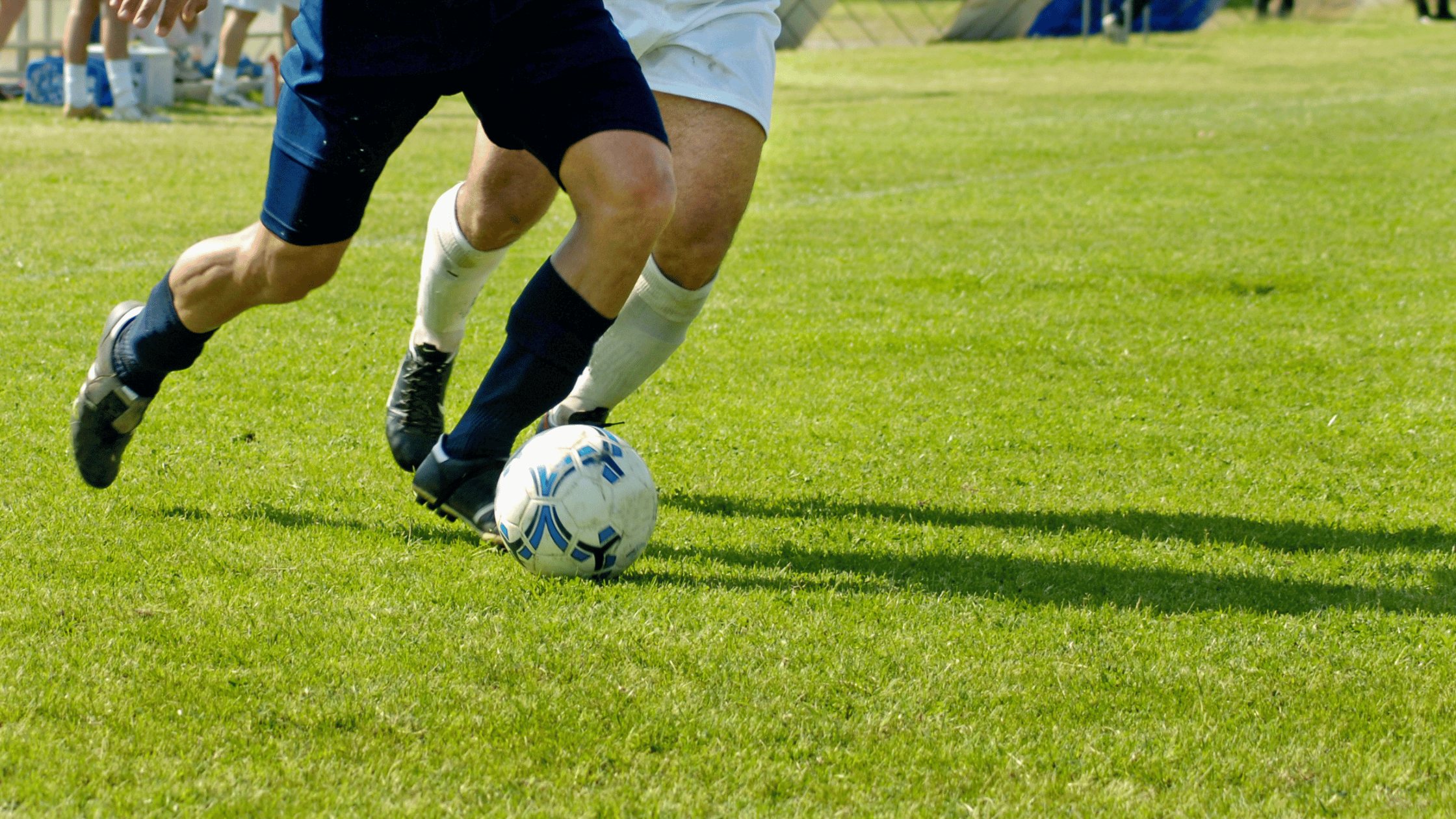Physical Therapy for Soccer Players: A Guide to Recovery and Resilience

Licensed Physical Therapist, PT, DPT // Director of Marketing and Sales // Certified Dry Needling Specialist // EW Motion Therapy Homewood
Soccer requires a mix of endurance, speed, and agility, engaging both the body and mind in a unique blend of athleticism and strategy. However, the same qualities that make soccer engaging expose players to specific injuries and conditions. That's where physical therapy comes in—a discipline dedicated to healing, restoring function, and building resilience in athletes.
Whether you're a weekend warrior or a competitive athlete, physical therapy offers solutions tailored to your needs. We love tailoring treatment plans for our athletes at EW Motion Therapy to help them reach their goals, whether they want to recover from injuries or improve performance. Even if you decide that our services don’t fit your needs, you can still read on to understand common soccer injuries, their treatment plans in physical therapy, and when you can safely return to the field.
Common conditions and injuries for soccer players
Sprains and strains
Ankle sprains and hamstring strains are among the most frequent injuries soccer players face. Quick changes in direction and sudden stops are often to blame, especially on a wet or uneven playing surface. Sprains involve the ligaments, which connect bone to bone, while strains affect the muscles or the tendons that link muscle to bone. Both conditions can vary in severity and may require a comprehensive physical therapy program for optimal recovery.
ACL and meniscus tears
The knee is particularly vulnerable in soccer, given the sport's demand for sharp pivoting and aggressive tackles. An anterior cruciate ligament (ACL) tear or a meniscus injury can not only be season-ending but career-threatening as well. These injuries often occur in non-contact situations, where the player is landing from a jump or quickly changing directions.
Typical treatment plans for soccer-related injuries
Initial phase: diagnosis and pain management
The first step in a physical therapy plan is a thorough evaluation to identify the type, extent, and underlying causes of your injury. This will often include tests like MRI, X-ray, or ultrasound, along with a functional assessment. Once the diagnosis is clear, the focus shifts to pain management. This may involve medication, ice therapy, or electrotherapeutic modalities designed to reduce inflammation and make the ensuing stages of physical therapy more effective.
Active phase: rehabilitation and strength-building
At the heart of any physical therapy plan, the active phase involves a mix of passive treatments and dynamic exercises. Techniques like manual therapy, soft tissue mobilization, and joint mobilizations may improve range of motion and decrease pain. Simultaneously, targeted exercises will strengthen the injured area and its supporting structures. As you progress, these exercises will become more challenging, gradually preparing you for a return to sport-specific activities.
When can you return to sport?
The criteria for safe return
Returning to soccer is not merely a question of when your pain subsides; it involves a complex evaluation of physical and psychological readiness. Key metrics like muscle strength, range of motion, and sport-specific skills must all be assessed. Also, psychological factors such as confidence and fear of re-injury play a significant role in determining your readiness for a return to full activity.
The final stage: sport-specific training
The ultimate goal of physical therapy is to return you to your pre-injury level of performance—or better. In this final stage, your therapy will mimic the demands of a soccer game as closely as possible. You'll work on dribbling, sprinting, shooting, and other soccer-specific activities under the watchful eye of your physical therapist. Only when you've proven that you can perform these tasks without pain or hesitation is it safe to return to competitive play.
Physical therapy for soccer players isn't just about healing an injury; it's about building a body that's more resilient and better prepared for the demands of the sport. Even after you've returned to the field, ongoing physical therapy exercises can help you maintain your physical condition, making future injuries less likely. Trust in your physical therapy team and your body's inherent power to heal, and you'll be back on the field in no time. We love seeing our athletes at EW Motion Therapy succeed in their treatment and return to the sport they love. If you’re curious about what else physical therapy can do for you, click the button below to download our answers to 20 frequently asked questions.


